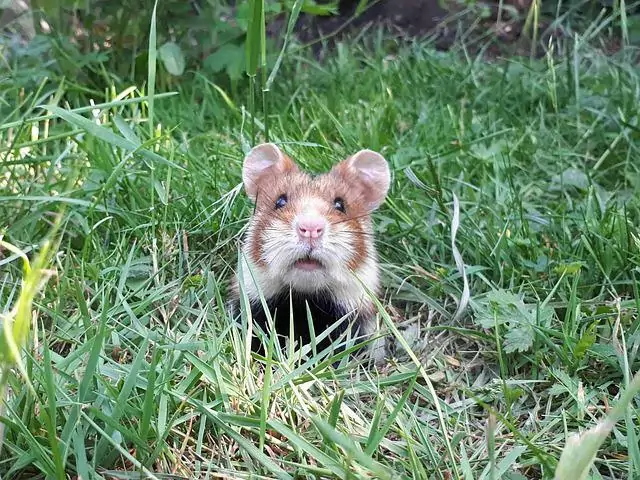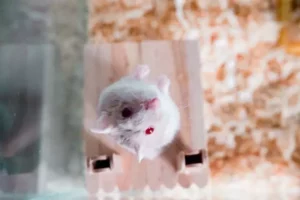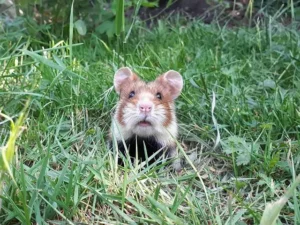0

Nowadays, wild hamsters are very popular as pets. Where do hamsters originate from may be a question on your mind? Alternatively, “where do hamsters live away from pet stores?” Many individuals aren’t even aware that there are wild hamsters present all over the planet! Let’s learn more about the hamsters’ natural environment.
Finding out more about hamsters may be interesting if you’re inquisitive about where your pet originated from. Or if you’re trying to decide if a pet hamster is the correct pet choice for you.

The truth is that hamsters were not used as pets until the last century. The only kind of hamsters that existed before roughly 1936 were wild hamsters.
The type of pet we are most familiar with now is the wild Syrian or golden hamster. It spent generations living in the dry desert before being brought to the United States in 1936.
These creatures are amazing. For instance, did you know that the hamster and the vole are related?
You now have a basic understanding of how hamsters came to be. But how did they get from Syria to your residence, exactly? How can we compare pet stores to a hamster’s natural environment?
If a biologist hadn’t discovered hamsters as pets, we would have never learned about them. He was looking for certain animals that might be used in medical research facilities.
Mr. Saddlebags, a local nickname for the golden hamster, was on his hit list of probable wild targets.
The discovery of a nest of tiny golden creatures in 1930 brought good fortune to the biologist and his crew. Some of them were brought back to the lab for analysis.
These hamsters showed amazing ingenuity. They chewed their way out of the lab habitat while consuming one another.
Finally, they mated, giving birth to additional golden hamster pups for laboratory research. Later, they performed this in residences all over the world.
It’s interesting that research on hamsters’ natural environment has remained scarce. There aren’t many similar studies on wild hamsters in the literature. Where hamsters originate from is not the only subject that needs to be addressed by researchers.
We might not be as knowledgeable about wild hamsters as we could be. But what is certain is that hamsters have been around in the wild for a very long period. Much longer than they have served as pets and taken up residence in our bedrooms and family rooms.
These little mammals have actually developed pretty well for survival and reproduction. Despite the fact that almost everyone wants to have them for supper!
Tragically, people rather than wild animals provide the main threat to hamsters today.
In spite of the constant threat of natural predation, hamsters in the wild manage perfectly fine when left to their own devices.
They create an underground network of tunnels that is incredibly intricate. The wild hamsters hunt for grasses and insects in safety using these tunnels. They also reproduce and rear their young, as well as store food sources for later consumption. Additionally, they take a break. Hide from predators, and hibernate seasonally throughout the winter.
The hamsters can live in a more consistent, comfortable temperature. Thanks to their subterranean tunnels. This enables them to protect their offspring from the sweltering temperatures below ground.
Additionally, the burrows let the hamsters get a jump start on digging down into the dirt. This is to hibernate each year when the cold weather sets in.
Today’s pet hamster market does not include all wild hamster species.
The European or common hamster is particularly noteworthy because it is still entirely wild. Only a few isolated, specialized locations in all of Europe are home to it in the wild.
Each species of wild hamster has evolved to seek out a unique diet. To secure its survival in the outdoors, it also demonstrates a few specialized skills.

For instance, both in the wild and in captivity, the larger golden (Syrian) hamsters have largely solitary lives. It exclusively associates with individuals of its type in order to mate or to defend the right to mate.
The exact same behavior you would observe in the wild if you put two male Syrian hamsters together as pets in a cage is fighting.
The ability to live in small family groupings has evolved naturally in the wild in many of the much smaller dwarf hamster species. Such as the Roborovski and Russian hamster species.
After all, there is safety from predators in numbers. And many of these species will also do considerably better as pets when permitted to live in pairs or groups.